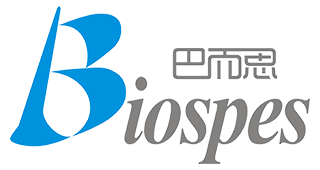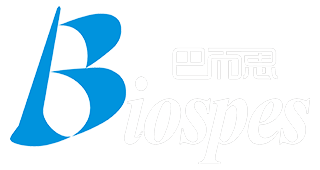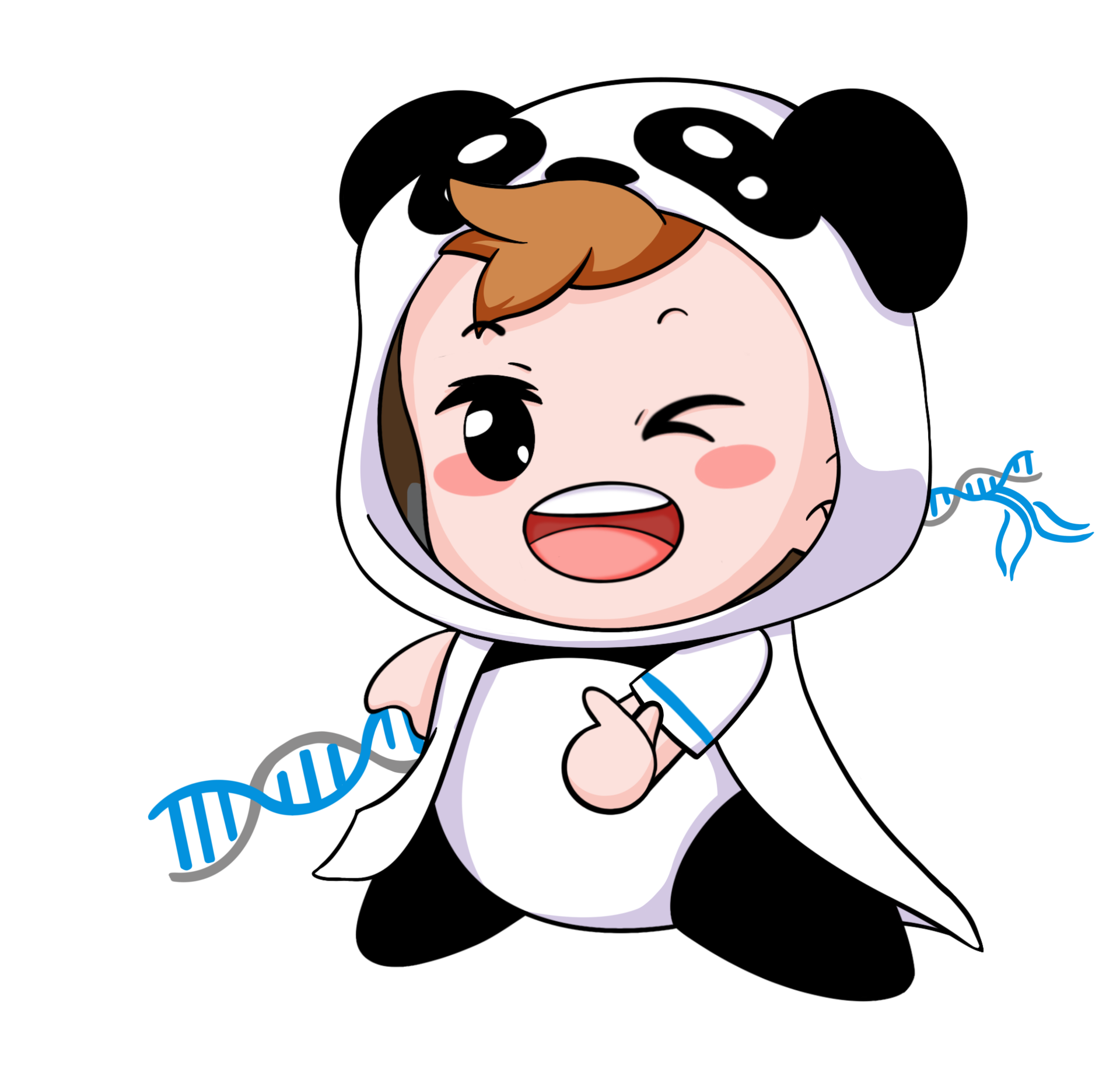Monoclonal Anti-HPC4 antibody
Lot # Check on the product label
Size: 0.1 mg(1 mg/ml)
Host: Mouse
Reactivity: All
Application: WB
--------------------------------------------------------------------------------------------------------------
Price: $200.00
Catalog# BTL1012
Lot # Check on the product label
Size 0.1 mg(1 mg/ml)
Isotype IgG1
Host Mouse
Reactivity All
Specificity
Recognize C-terminal, internal and N-terminal Protein C epitope (EDQVDPRLIDGK) tagged proteins.
Product Form Liquid (1mg/ml)
Immunogen
A synthetic peptide CEDQVDPRLIDGK conjugated to KLH.
Recommend Application
Western Blot (1:1000-10000)
Other applications have not been tested.
The optimal dilutions should be determined by end user.
Storage Buffer
In PBS (pH7.4), 50% Glycerol and 0.02% Sodium Azide.
Storage Instruction
Store at -20°C for 1 year. Or aliquot and store at -80°C for long term.
Avoid repeated freeze and thaw cycles.
Background
Protein C, also known as autoprothrombin IIA and blood coagulation factor XIV, is a zymogenic (inactive) protein, the activated form of which plays an important role in regulating blood clotting, inflammation, cell death, and maintaining the permeability of blood vessel walls in humans and other animals. The zymogenic form of protein C is a vitamin K-dependent glycoprotein that circulates in blood plasma. Its structure is that of a two-chain polypeptide consisting of a light chain and a heavy chain connected by a disulfide bond. Protein C Tag (HPC4) is a 12 amino acid sequence EDQVDPRLIDGK, which encodes residues 6 through 17 of the heavy chain of the protein.Protein C Tag Antibody is a useful tool in analysis of Protein C fusion proteins.
Reference
1. Mather T, Oganessyan V, Hof P, Huber R, Foundling S, Esmon C, Bode W (December 1996). "The 2.8 Å crystal structure of Gla-domainless activated protein C". EMBO J. 15 (24): 6822–31.
2. Foster DC, Yoshitake S, Davie EW (July 1985). "The nucleotide sequence of the gene for human protein C". Proc. Natl. Acad. Sci. U.S.A. 82 (14): 4673–7.



